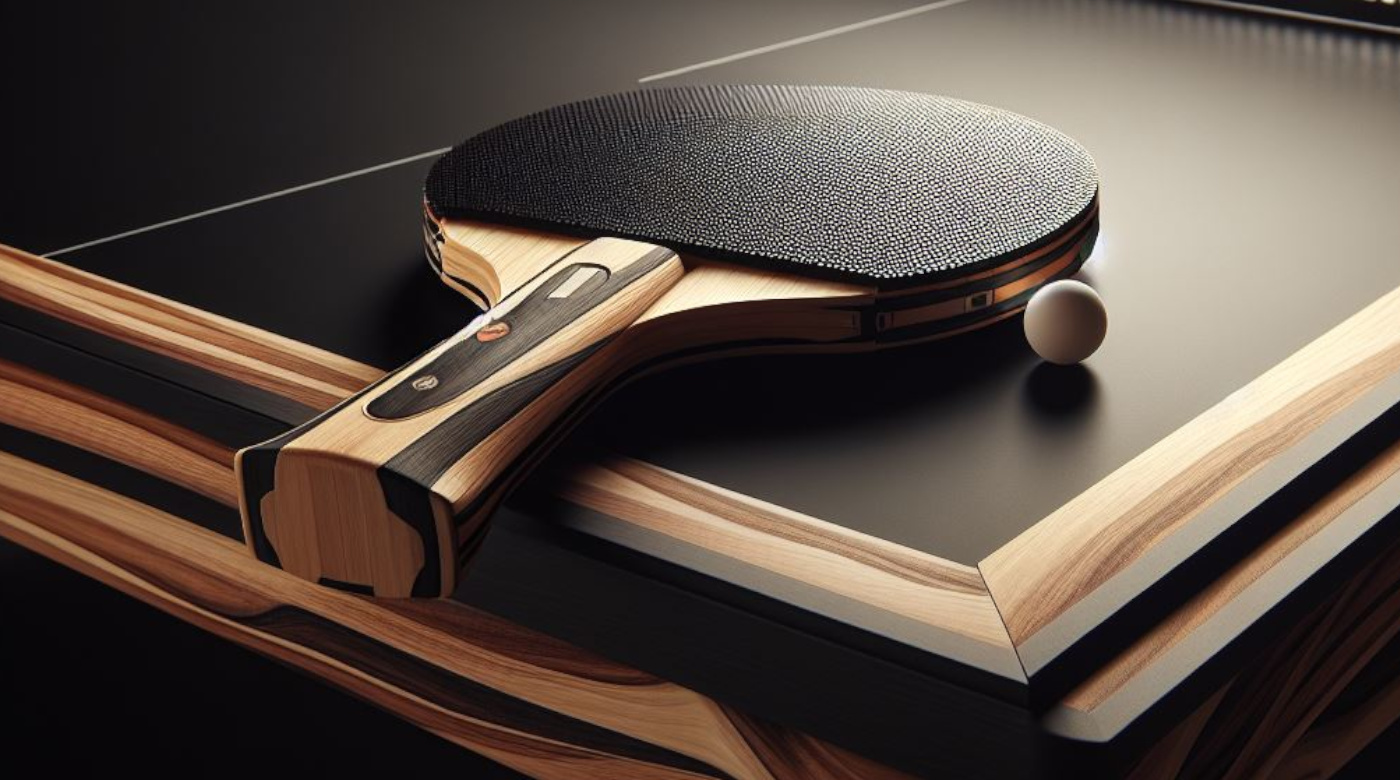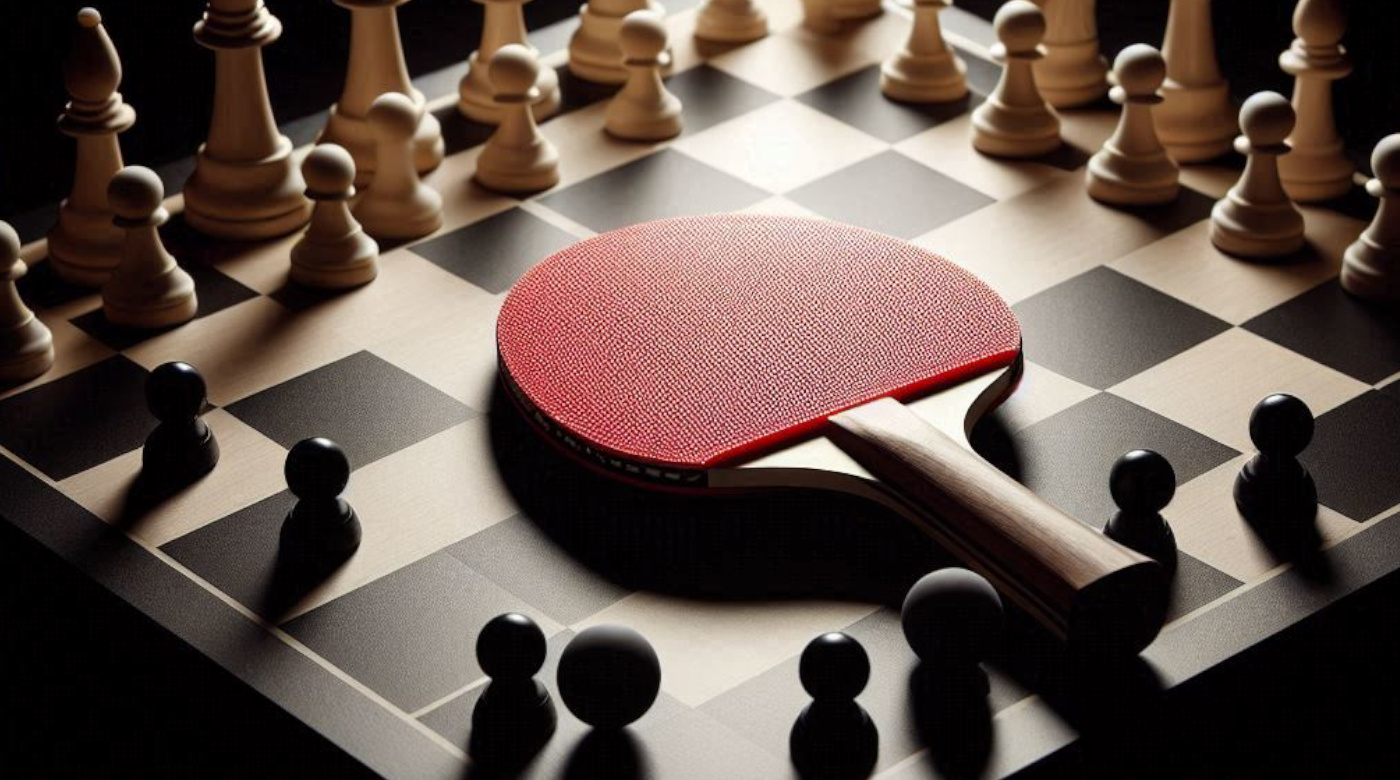Your cart is currently empty!
Key Elements of a Table Tennis Strategies: Techniques and Tips to Excel
Table tennis is not just about speed and reflexes; it also requires strategy and adaptation. A good strategy can be the deciding factor between a triumphant victory and a frustrating loss. In this article, we delve into the essential components of a table tennis strategy, considering playing styles, match situations, and individual skills.
1. The Importance of the Serve: The Key to Gaining an Advantage
The serve is one of the most critical aspects of table tennis. When executed well, it immediately puts you in control.
- Types of Spins: Experienced players vary their spins (backspin, topspin, sidespin) to confuse opponents.
- Placement: A well-placed serve near the edges or in the opposite corner makes returns difficult for opponents.
- Length: Alternating between short and long serves disrupts rhythm and induces errors.
- Pro Tip: Master concealed serves to add an element of surprise but ensure they comply with ITTF rules regarding ball visibility.
2. Ball Control: The Foundation of Every Playing Style
Ball control is crucial for maintaining precision and reducing errors.
- Defensive Approach: Use soft shots and long balls to slow down the game, limiting opponents’ attacking opportunities.
- Offensive Approach: Dominate exchanges with fast shots, putting opponents under pressure right from the start.
- Pro Tip: Ball control benefits both beginners looking to improve consistency and experts aiming to dictate the game’s pace.
3. Ball Placement: Master the Playing Space
Effective placement strategies can unbalance your opponent, forcing errors and creating opportunities.
- Exploiting Angles: Aim for the table’s far edges to force opponents into covering greater distances.
- Targeting Weak Zones: Exploit a weaker backhand or forehand to gain an advantage.
- Varying Heights: Alternate between low and high balls to add complexity to the rally.
- Pro Tip: Observe your opponent’s movement patterns to anticipate weaknesses.
4. Rhythm Variation: Disrupt Your Opponent
A predictable rhythm is easy to counter. Alternating the speed and intensity of your shots can unsettle your opponent.
- Fast Shots: Surprise them and force inaccurate returns.
- Slower Shots: Break their momentum with well-placed, slower balls.
- Spin Changes: Combine shots with varying spins to keep them adjusting constantly.
- Pro Tip: Rhythm variation is particularly effective against overly aggressive players.
5. Counterattack Play: Turn the Tables
Against offensive opponents, counterattacking is an invaluable tool. It channels their aggression back against them.
- Anticipation: Read their moves to prepare swift responses.
- Decisive Shots: Well-placed counterattacks can quickly shift the pressure.
- Pro Tip: Practice timing to ensure precise and effective counterattacks.
6. Topspin: A Must-Have Offensive Weapon
Topspin is one of the most effective and popular techniques in table tennis.
- Lifted Spin: This stroke generates a fast ball that’s challenging to control for opponents.
- Offensive Initiative: Use topspin to launch attacks or respond to incoming ones.
- Versatility: Effective in both forehand and backhand strokes.
- Pro Tip: A good topspin relies on solid technique and coordination for maximum impact.
7. Blocking: A Precise and Effective Defense
Blocking is a defensive technique where you use the opponent’s power to return the ball.
- Stability: Maintain a firm paddle to return fast shots.
- Precision: Aim for specific areas to limit your opponent’s options.
- Pro Tip: Blocking is ideal for countering powerful topspins while maintaining control.
8. Adapting to Opponents and Conditions
Every match is unique, and adaptability is key to success.
- Observation: Quickly identify your opponent’s strengths and weaknesses.
- Flexibility: Adjust your strategy during the game when necessary.
- Conditions: Account for the hall’s specifics (lighting, space) and the equipment (ball, table) to refine your approach.
- Pro Tip: Spend a few minutes before the match testing the table and balls to understand their behavior better.
The keys to table tennis strategies to Success
A strong table tennis strategy combines technical skill, observation, and adaptability. By mastering key elements like serving, placement, rhythm variation, and ball control, you’ll be ready to take on any opponent. Regular practice and post-match analysis are essential for improving and fine-tuning your playing style.
FEEL THE
DIFFERNECE…



